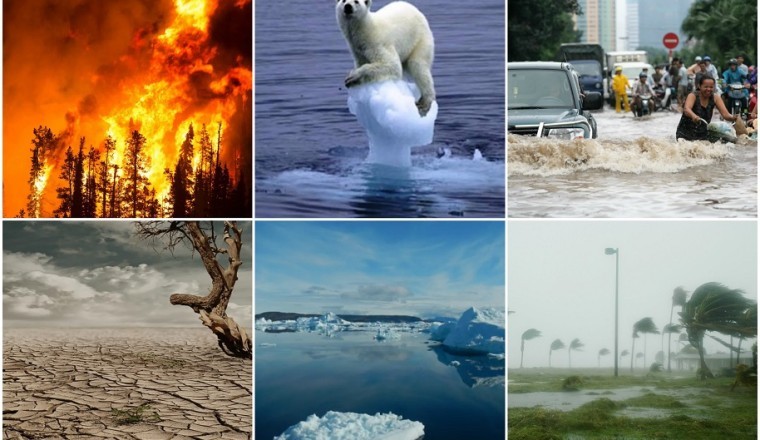Understanding Climate Change: Causes, Effects, and Solutions for a Sustainable Future
Introduction:
Climate change is a global challenge that has far-reaching implications for the planet's ecosystems, weather patterns, and human societies. In this article, we delve into the causes and effects of climate change while exploring actionable solutions to mitigate its impact and pave the way for a sustainable future.
1. Causes of Climate Change:
a. Greenhouse Gas Emissions:
The primary driver of climate change is the increase in greenhouse gas emissions, primarily carbon dioxide (CO2) from burning fossil fuels, deforestation, and industrial processes. Methane and nitrous oxide are other potent greenhouse gases contributing to the warming of the Earth's atmosphere.
b. Deforestation:
The clearing of forests for agriculture and urban development reduces the number of trees that can absorb CO2. Deforestation not only contributes to increased greenhouse gas levels but also diminishes biodiversity and disrupts ecosystems.
c. Industrial Activities:
Certain industrial processes release greenhouse gases and pollutants into the atmosphere. The production of cement, for example, results in substantial CO2 emissions. Efforts to optimize industrial practices and adopt cleaner technologies are crucial in mitigating climate change.
2. Effects of Climate Change:
a. Rising Temperatures:
Global temperatures are on the rise, leading to more frequent and severe heatwaves. This warming trend contributes to disruptions in weather patterns, affecting agriculture, water resources, and human health.
b. Melting Ice Caps and Glaciers:
The warming climate is causing the melting of ice caps and glaciers, leading to rising sea levels. This phenomenon poses a threat to coastal communities, ecosystems, and low-lying islands.
c. Extreme Weather Events:
Climate change intensifies extreme weather events, including hurricanes, droughts, floods, and wildfires. These events have devastating impacts on communities, causing displacement, destruction of infrastructure, and economic losses.
d. Ocean Acidification:
Increased levels of atmospheric CO2 are absorbed by the oceans, leading to ocean acidification. This poses a threat to marine life, particularly organisms with calcium carbonate shells or skeletons, such as corals and certain shellfish.
3. Solutions for Mitigation and Adaptation:
a. Transition to Renewable Energy:
Shifting from fossil fuels to renewable energy sources, such as solar, wind, and hydroelectric power, is a crucial step in reducing greenhouse gas emissions. Investing in clean energy technologies promotes sustainability and reduces reliance on finite resources.
b. Reforestation and Forest Conservation:
Protecting existing forests and implementing reforestation initiatives helps sequester carbon dioxide. Trees act as natural carbon sinks, absorbing and storing carbon, and play a vital role in maintaining ecological balance.
c. Energy Efficiency:
Improving energy efficiency in buildings, transportation, and industries reduces overall energy consumption and associated greenhouse gas emissions. Implementing energy-efficient technologies and practices is essential for sustainable development.
d. Climate-Resilient Agriculture:
Promoting sustainable and climate-resilient agricultural practices helps communities adapt to changing weather patterns. Techniques such as precision farming, crop diversification, and water conservation contribute to a more resilient food system.
e. International Cooperation:
Climate change is a global issue that requires collaborative efforts. International agreements and cooperation among nations are essential for setting emission reduction targets, sharing technologies, and addressing the impacts of climate change on vulnerable regions.
Conclusion:
Understanding climate change, its causes, effects, and potential solutions is a critical step toward addressing this complex and urgent issue. As individuals, communities, and nations collectively commit to sustainable practices, the possibility of mitigating climate change and fostering a resilient, environmentally conscious future becomes increasingly achievable. Embracing a holistic approach that combines conservation, renewable energy, and international cooperation is paramount for the well-being of our planet and future generations.













Comments
0 comment